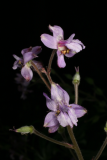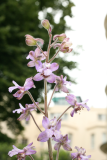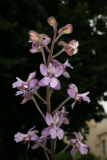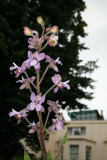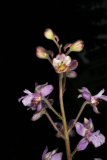Additional notes (click to expand)
Medicinal
Culpeper: ‘Stavesager, kills lice in the head, I hold it not fitting to be given inwardly.’
Culpeper, Nicholas. (1650). A Physical Directory . London, Peter Cole.
Extracts were used on skin parasites.
Wink, Michael & Ben-Erik van Wyk (2008). Mind-Altering and Poisonous Plants of the World. Timber Press
Restricted medicinal.
Nomenclature
A synonym of Staphisagria macrosperma.
http://powo.science.kew.org/ https://powo.science.kew.org/taxon/urn:lsid:ipni.org:names:60456584-2
Other use
Extracts were used as a rat and ant poison
Wink, Michael & Ben-Erik van Wyk (2008). Mind-Altering and Poisonous Plants of the World. Timber Press
Notes: Because of its toxicity if ingested, as noted by Culpeper, it can only be sold by registered pharmacies. Dioscorides used it as a purgative and for toothache. Pliny the Elder recommended the crushed seeds for killing head lice, and for curing ‘itch scab’, and advises against eating the seeds, although he wrote that the flowers pounded in wine counteracted snake bite. All Delphinium species are poisonous.
Oakeley, Dr. H. F. . (2013). The Gardens of the Pharmacopoeia Londinensis.
link
Extracts were used as a rat and ant poison.
Wink, Michael & Ben-Erik van Wyk (2008). Mind-Altering and Poisonous Plants of the World. Timber Press
Phytochemistry
Active principle: all parts especially seeds: delphinine, nudicauline, staphisine, ajacine and other terpenoids
alkaloids.
Wink, M. (2009). Mode of Action and toxicology of plant toxins and poisonous plants. Mitt. Julius Kuhn-Inst. 421:93-111. p.98
Toxicity
Extracts were used as a rat and ant poison
Wink, Michael & Ben-Erik van Wyk (2008). Mind-Altering and Poisonous Plants of the World. Timber Press
Class 1b: Highly hazardous: delphinine resembles aconitine in toxicity, inhibition of neuronal transmission (Na+ channel opener), skin irritation, nausea, disturbance of GI tract and kidneys, dyspnoea, death from cardiac arrest.
Wink, M. (2009). Mode of Action and toxicology of plant toxins and poisonous plants. Mitt. Julius Kuhn-Inst. 421:93-111. p.98
Yes, aconitine-type alkaloids. Toxic to humans and animals
Professor Anthony Dayan, 2022
Geographical distribution
- Africa, Macaronesia, Canary Is.
- Africa, Northern Africa, Algeria
- Africa, Northern Africa, Morocco
- Africa, Northern Africa, Tunisia
- Asia-Temperate, Western Asia, Lebanon-Syria
- Asia-Temperate, Western Asia, Turkey
- Europe, Southeastern Europe, Albania
- Europe, Southeastern Europe, Bosnia and Herzegovina
- Europe, Southeastern Europe, Greece
- Europe, Southeastern Europe, Italy
- Europe, Southwestern Europe, France
- Europe, Southwestern Europe, Portugal
- Europe, Southwestern Europe, Spain
Delphinium staphisagria L.
Family: RANUNCULACEAEGenus: Delphinium
Species: staphisagria L.
Common names: Stavesacre; Lousewort
Pharmacopoeia Londinensis name: Staphisagria
Distribution summary: Mediterranean
Habit: Annual
Hardiness: H5 - Hardy; cold winter
Habitat: Stream banks, scrub and waste or disturbed ground
Garden status: Not currently grown
Flowering months: May, June, July, August
Reason for growing: Medicinal, toxic

.JPG)
.JPG)
.JPG)
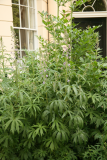
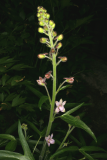
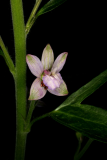

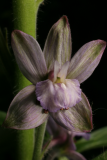
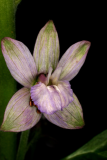


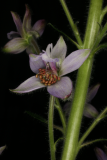
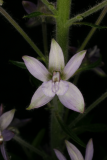
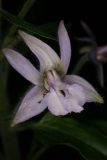

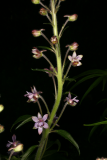
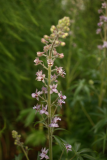
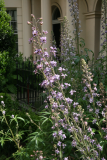
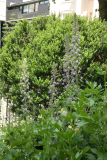
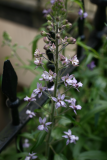
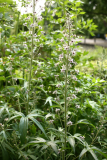
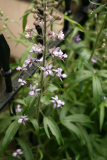
.JPG)
